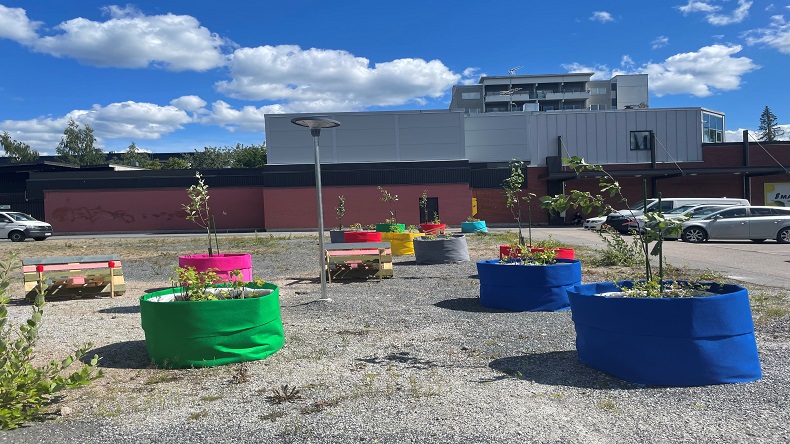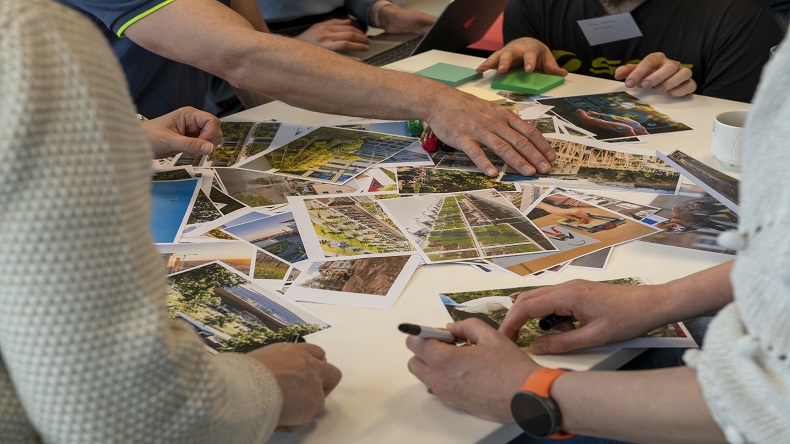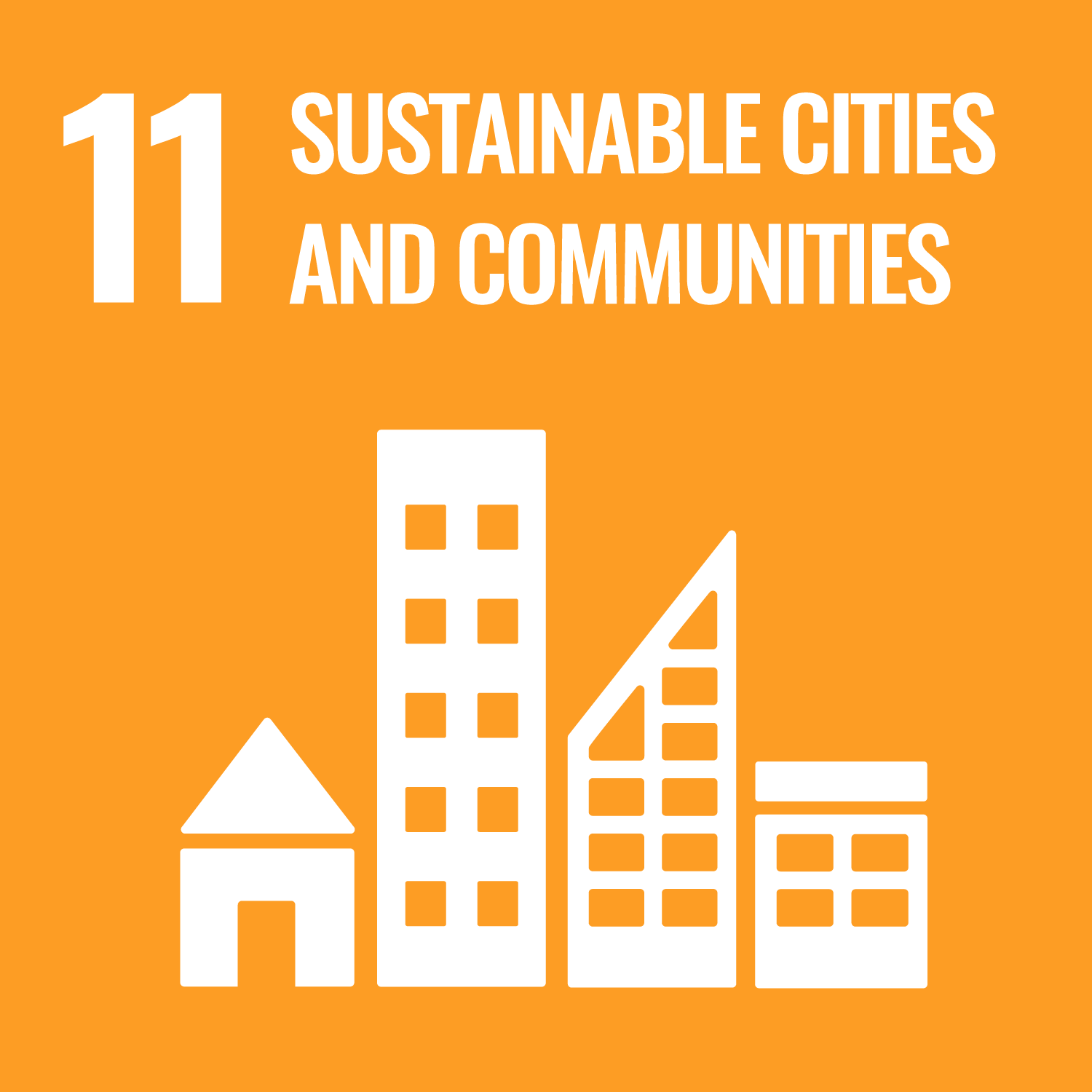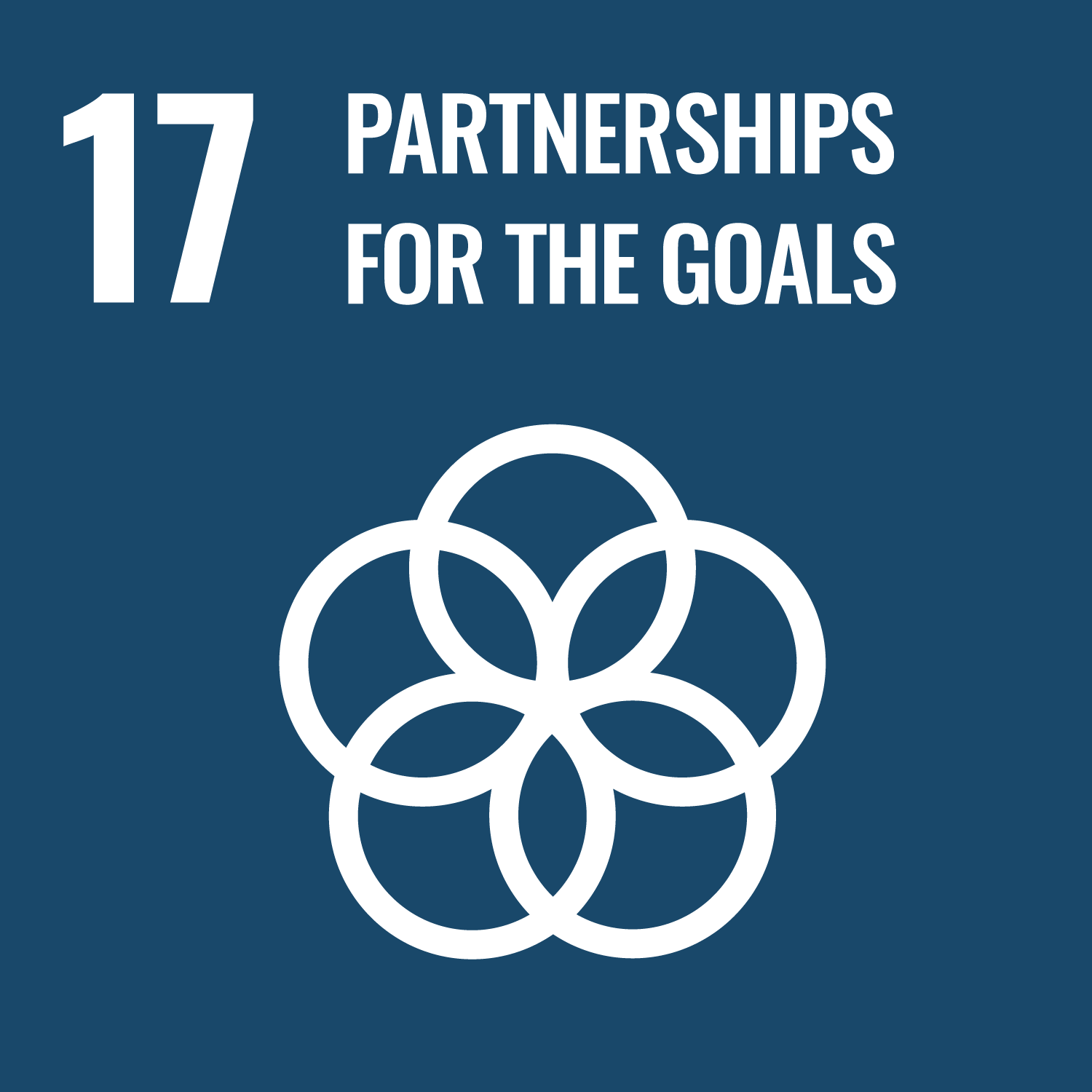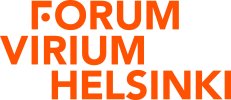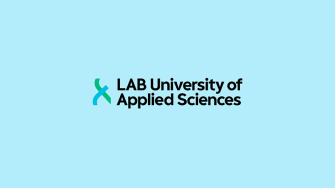PilotGreen -Vihreän infran kokeiluympäristöt
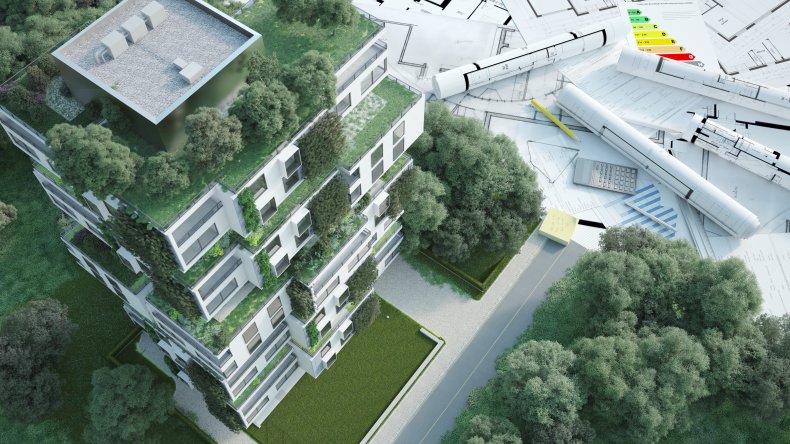
The project aims to bring together developers of green infrastructure solutions, such as modular solutions and those integrated into buildings, as well as developers of digital solutions, and to bring along new technology players in the sector. The target groups of the project are the cities and municipalities of Uusimaa and Päijät-Häme Regions, RDI actors, SMEs in the field and procuring companies.
The project partners are the City of Helsinki's innovation company Forum Virium Helsinki and the Universities of Applied Science Metropolia and LAB. Experiments will take place in Helsinki, Lahti and Metropolia’s living lab facilities.
The project is funded by the European Regional Development Fund. The project has a total budget of 1,250,000 euros, of which LAB's share is 244 155 euros.
The action plan of the project consists of 5 work packages. Student work is also used in different work phases.
The role of LAB
LAB is responsible for the implementation of the International network work and benchmarking, and participates in the implementation of other work packages. LAB aims to promote the emergence of international R&D cooperation by organizing international network meetings and visits abroad.
Green infrastructure experiments are implemented in the Mukkula district. In the experiments carried out in Lahti, local food production and food-related experiences are also promoted as part of the green infrastructure. LAB also organizes a needs assessment workshop, and a training on experimental culture and development by experimenting through urban design.
As a result of the project, the RDI network will expand and continue to operate after the project. The first of the new green infrastructure solutions will have been commercialised and began to operate for the benefit of the cities, municipalities and citizens. The activities will also result in several surveys, evaluations, expert articles, student theses and a handbook for cities entitled “How to act as an experimental environment for green infrastructure”. In this way, the lessons of the project will be able to be widely disseminated in support of regional development.

